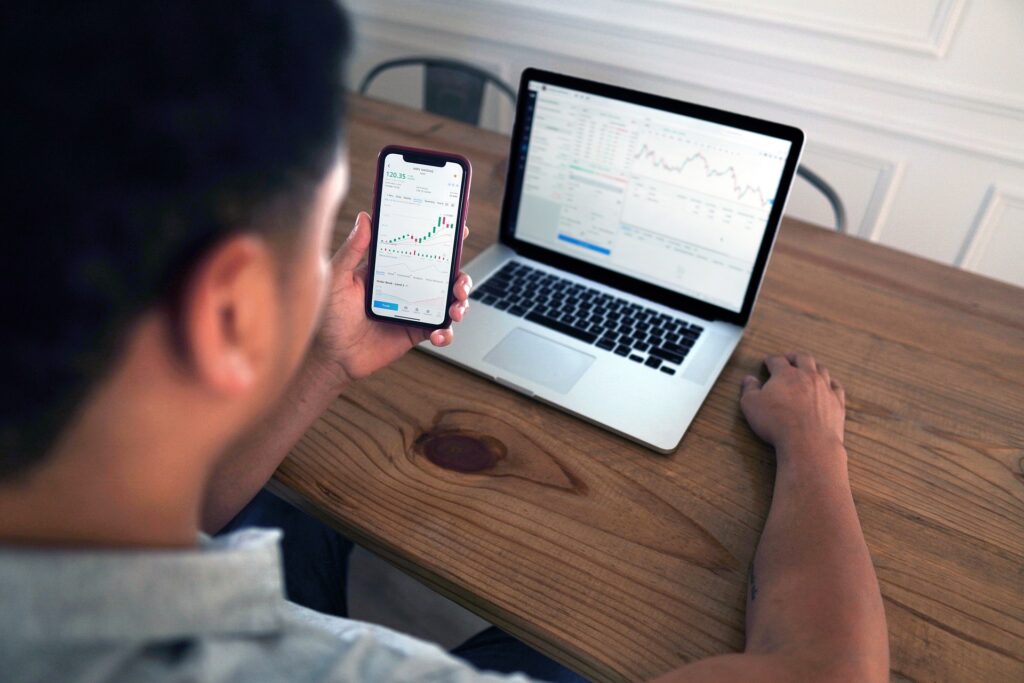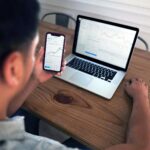What is an exchange rate pair?
A currency pair is the quote of two currencies, which makes up a currency rate and is the object of Forex trading operations. “Base currency/quote currency” is how the currency pair is seen.
The base currency is always on the left. The quote currency, which shows the price of the base currency, is always on the right. During a trade operation, a trader buys or sells the base currency in exchange for the quoted cash.
How the major currency pairs are alike and different
Forex trading is the biggest financial market in the world, with many currency pairs on it. Major pairs are the most popular currency pairs that make up most of the world’s trade. These are the following:
USD, EUR, JPY, GBP, CHF, AUD, NZD, and CAD stand for the US dollar, the Euro, the Japanese yen, the British pound sterling, the Swiss franc, the Australian dollar, and the New Zealand dollar, respectively (Canadian dollar aka Loonie). The Chinese Yuan should be one of the major currencies, but the Chinese central bank controls how much it is worth.
EUR/USD is the most-traded currency pair because it has the highest trade volume of the major teams, a small spread, and average volatility. The team is most active during the European and American sessions and responds to news from the Eurozone.
Most of the time, it trades against the EUR/USD. Since the Swiss Franc is a haven, its value decreases during a crisis. During the European and American sessions, the pair is most active.
GBP/USD:
Traders often buy and sell this pair. As it has high volatility, it may move in strong patterns or false breakaways that cause nearby Stop Losses to be triggered. The pound also strongly responds to Britain’s political events and economic news. During the European and American sessions, the pair is most active.
USD/JPY:
The Japanese yen is a strange currency that may move in the opposite direction of all other major pairs. Like the Swiss Franc, it is a safe asset, so its value can go up or down depending on the situation. Most trading happens during the Asian session.
USD/CAD:
The Canadian dollar is a commodity currency, and its value moves in tandem with the price of oil. When oil goes up, the pair goes down. When oil goes down, the team goes up. During the American session, it is most active.
AUD/USD and NZD/USD:
These two pairs of currencies act similarly. The prices of metals and powdered milk make them calm most of the time. The Asian session is when they do the most business.
Cross-currency pairs are those in which neither the base nor the quote currency is the US dollar. These two things:
EUR/JPY, GBP/JPY, EUR/GBP, EUR/CHF, GBP/CHF, EUR/CAD, GBP/CAD
The USD/ZAR pair is a famous exotic and regional currency pair. USD/TRY and USD/MXN
What Currency Pairs to Trade and When:
1-Trading volume:
The trading volume goes up during trading sessions for the subject pair. During Asian sessions, the USD/JPY, AUD/USD, and NZD/USD have the most volatility. The USD/CAD during the US session, and the EUR/USD, USD/CHF, and GBP/USD during the European session.
2- Volatility
Volatility is the range of changes in the value of a currency pair over a certain amount of time. Most of the time, we look at the daily chart to figure it out. Some currency pairs trade relatively small, while others have a wide range. The more volatile a team is, the higher your profit goals and stop-loss levels can be.
3- The cost of a trade:
Spread is the difference between the asking price and the bid price of the base currency to the quote currency when buying or selling. Since major pairs are traded the most, their spreads are the lowest. Cross pairs are changed less often and have the following highest distances.
Forex Market Business Hours:
Because Forex is an over-the-counter market, there are only a few places where people can buy and sell currencies. Instead, forex trading is made possible by a web of banks, brokers, and market makers that spans the globe. The forex trading market is open eight hours a day, five days a week. Because of this, traders can trade Forex around the clock. The first session to start is the Asia-Pacific session, then the European (London) session, and finally, the North American session. There are four main times for the forex market:
Since both trading centers are open for five hours, the Tokyo session and the Sydney session happen at the same time. There would be a lot of liquidity in the USD/JPY, NZD/USD, AUD/USD, and AUD/JPY pairs, so there would be a lot of trading.
During the London session, major currency pairs like GBP/USD, EUR/USD, and the EUR/GBP cross are traded the most. Since it deals for less time, the Tokyo-London session has less volume and liquidity than the New York session.
The London session overlaps with the New York session the most, so the GBP/USD cross can be very liquid. Most USD pairs and crosses see their highest volume during this session. Almost 40% of all daily forex trades involve the USD.
Whether this is a significant, cross, or exotic currency pair, it is essential to know that financial data affects the trend and volatility of the couple. Interest rates, CPI, and PMI data are just a few examples of things that could affect how currencies move.


